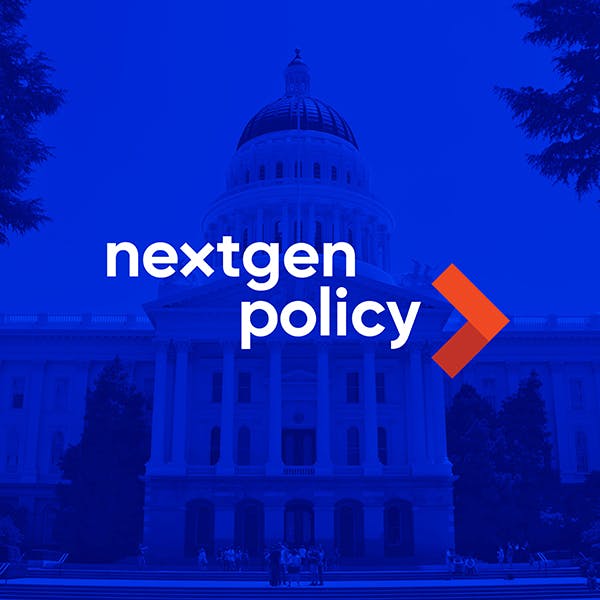Automatic Voter Registration
In California, there are approximately 4.7 million eligible but unregistered potential voters. Nationwide, tens of millions of eligible Americans remain unregistered. They are disproportionately younger, lower income and people of color — and their voices are missing from our democracy.
One simple but effective policy solution is Automatic Voter Registration (AVR). More than two dozen states have adopted some form of AVR, prompting NextGen to study the benefits and compare the design of registration systems in different states. States that adopt the most robust reform of the policy, Secure AVR (or sometimes referred to as “back-end” AVR), see the greatest benefit in the form of higher voter registration rates, increased voter turnout, improved accuracy of voter rolls and cost savings.
Read NextGen’s reports on AVR:
- Boosting Voter Registration: New Evidence from Delaware – May 2024
- Toward a More Inclusive Democracy: Optimizing Voter Registration Systems (with a case study on Colorado) – June 2022
Key Findings:
- Surge in Voter Registration: States that implement Secure AVR see a significant bump in voter registration. In Colorado, NextGen Policy found a 74% jump in voter registration rates at the Colorado Department of Motor Vehicles after moving from partial AVR to the most robust form of the policy, Secure AVR. Delaware also has seen similarly impressive jumps in voter registration after upgrading to Secure AVR.
- Increased Youth Registration: Colorado saw its youth preregistration rate soar by an astonishing 173% after switching from a partial AVR to full Secure AVR system.
- Higher Voter Turnout: The NextGen reports note that existing research has demonstrated a noticeable turnout bump from Secure AVR.
- Improved Voter Roll Accuracy: Roughly 33% more outdated voter registration files were likely fixed for Colorado DMV customers through automatic updates.

Learn More
Contact NextGen Policy Advisory Amy Hamblin at amy.hamblin@nextgenpolicy.org for more information

